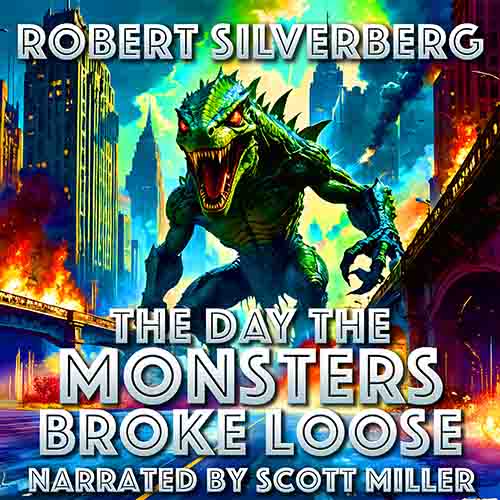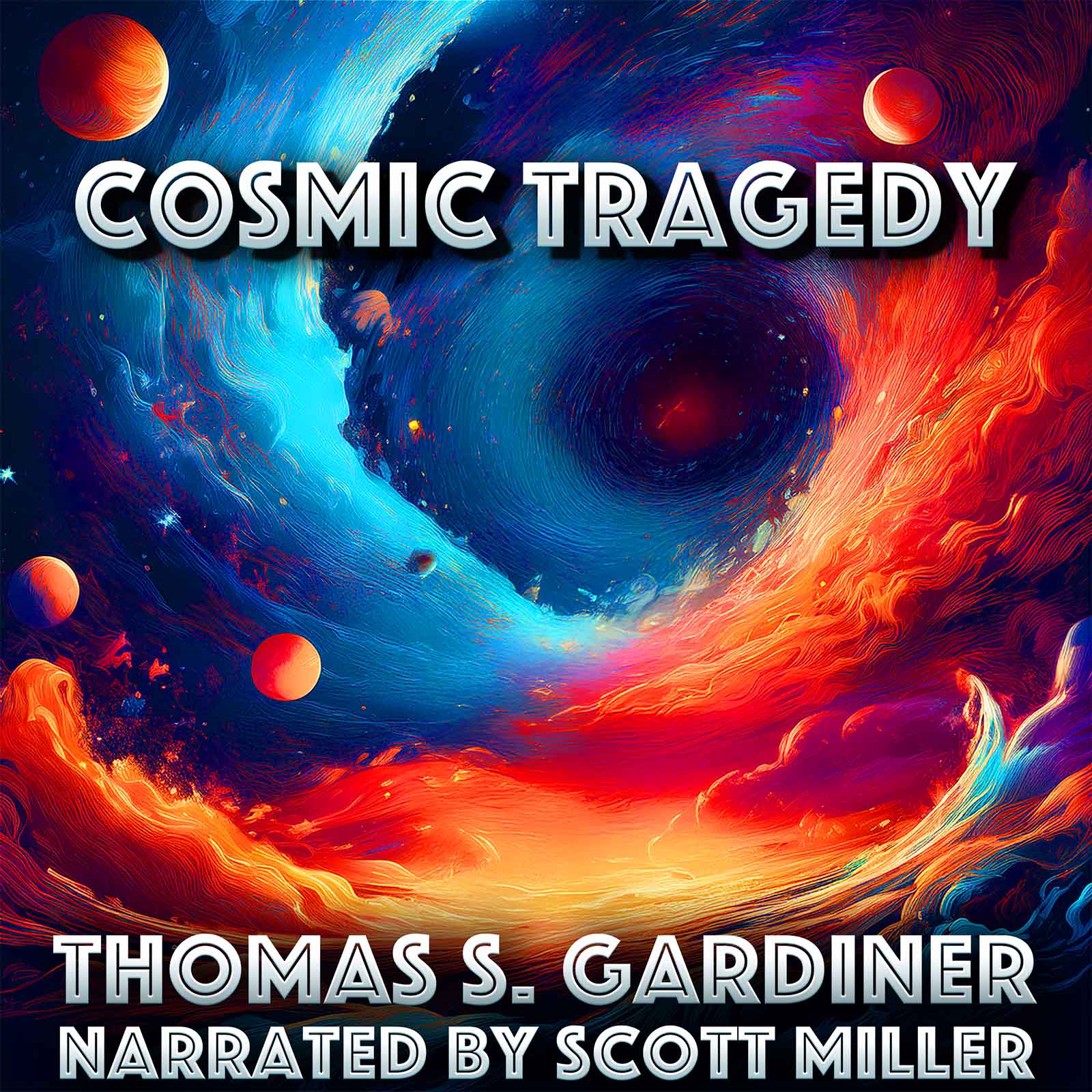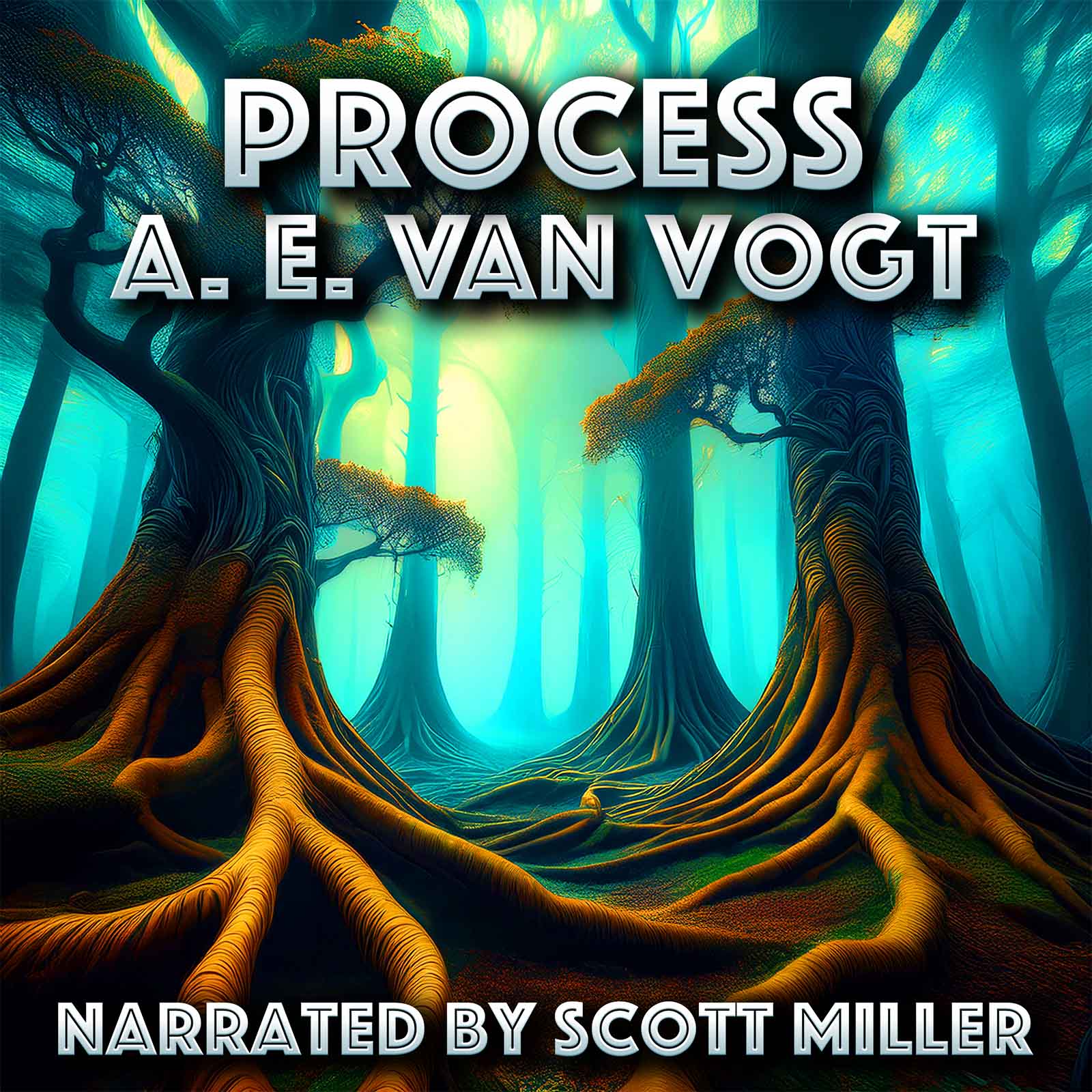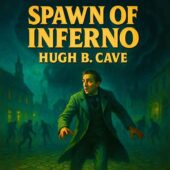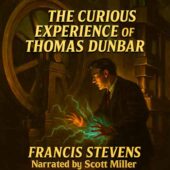Ray Cummings

Biography
Ray Cummings (1887–1957) was an American science fiction and fantasy writer often hailed as one of the founding fathers of pulp-era science fiction. Though not as widely remembered today as Edgar Rice Burroughs or H. G. Wells, Cummings was a key figure in shaping the adventure-driven style of early American science fiction. His prolific output of novels and stories in the 1920s–1940s introduced countless readers to time travel, micro-universes, and cosmic adventure, laying the groundwork for much of the pulp tradition.
Born in New York City, Cummings worked as a technical writer and assistant to Thomas Edison, a connection he would proudly cite throughout his life. His exposure to Edison’s laboratories gave him an appreciation for the possibilities of science and technology, which he would later channel into his fiction. By the early 1920s, he had turned to writing full-time, becoming one of the most popular contributors to Argosy All-Story Weekly and later to magazines like Amazing Stories.
Cummings’s most famous work is the novel The Girl in the Golden Atom (1922), originally serialized in All-Story Weekly. It tells the tale of a scientist who discovers an entire universe within an atom, shrinking himself to explore it. This story combined romance, adventure, and speculative science, captivating pulp readers and establishing Cummings’s reputation. It was followed by sequels such as The People of the Golden Atom (1923), cementing his fascination with hidden worlds and miniature universes—ideas that would later influence comics, film, and television.
Time travel was another recurring theme in his work. Cummings often emphasized the dramatic possibilities of moving backward or forward through history, treating time as a physical landscape to be navigated. His story “The Man Who Mastered Time” and other tales presented time machines not just as scientific devices but as engines for high adventure.
During the late 1920s and 1930s, Cummings became a regular contributor to Amazing Stories, Astounding Stories, and Weird Tales. His fiction was marked by fast pacing, colorful imagination, and a blend of science and fantasy. He produced dozens of short stories and novellas, often featuring daring scientists, explorers, and adventurers confronting cosmic mysteries. Titles such as Brigands of the Moon (1930), Wandl the Invader (1932), and Tarrano the Conqueror (1930) are typical of his planetary romances, which combined space opera spectacle with pulp melodrama.
Cummings’s style epitomized the pulps: vivid, energetic, and unashamedly sensational. His characters were often archetypal heroes and villains, his plots driven by cliffhangers and exotic settings. While his prose could be florid and his science speculative by modern standards, his ability to conjure grand adventure made him a favorite among readers of his time. His work bridged the gap between the scientific romances of Wells and the full-blown space operas that would dominate pulp science fiction in the 1930s and 1940s.
Beyond his magazine stories, Cummings produced a steady stream of novels, many published in serial form. Brigands of the Moon is often cited as one of the first interplanetary crime novels, while Wandl the Invader expanded his vision of alien menace to epic scale. His stories of shrunken universes and time travel influenced not only pulp writers but later generations of storytellers in comics and cinema.
Cummings also dabbled in other pulp genres, including detective fiction and westerns, though science fiction and fantasy remained his specialty. His ability to move between genres reflected the pulp marketplace of the time, where versatility was essential for survival.
By the 1940s, as science fiction shifted toward more rigorous and literary forms under editors like John W. Campbell, Cummings’s popularity waned. His florid pulp style seemed old-fashioned compared to the “Golden Age” emphasis on hard science and psychological depth. Nevertheless, he continued to publish into the 1950s, leaving behind an enormous body of work.
Ray Cummings died in 1957, but his legacy endures as one of the architects of American pulp science fiction. His tagline, often attributed to him—“Time… is what keeps everything from happening at once”—has become a famous aphorism, quoted widely in both scientific and literary contexts. Though he may not command the same stature as Wells or Burroughs, his imagination helped define the era of planetary romances and atom-sized universes.





